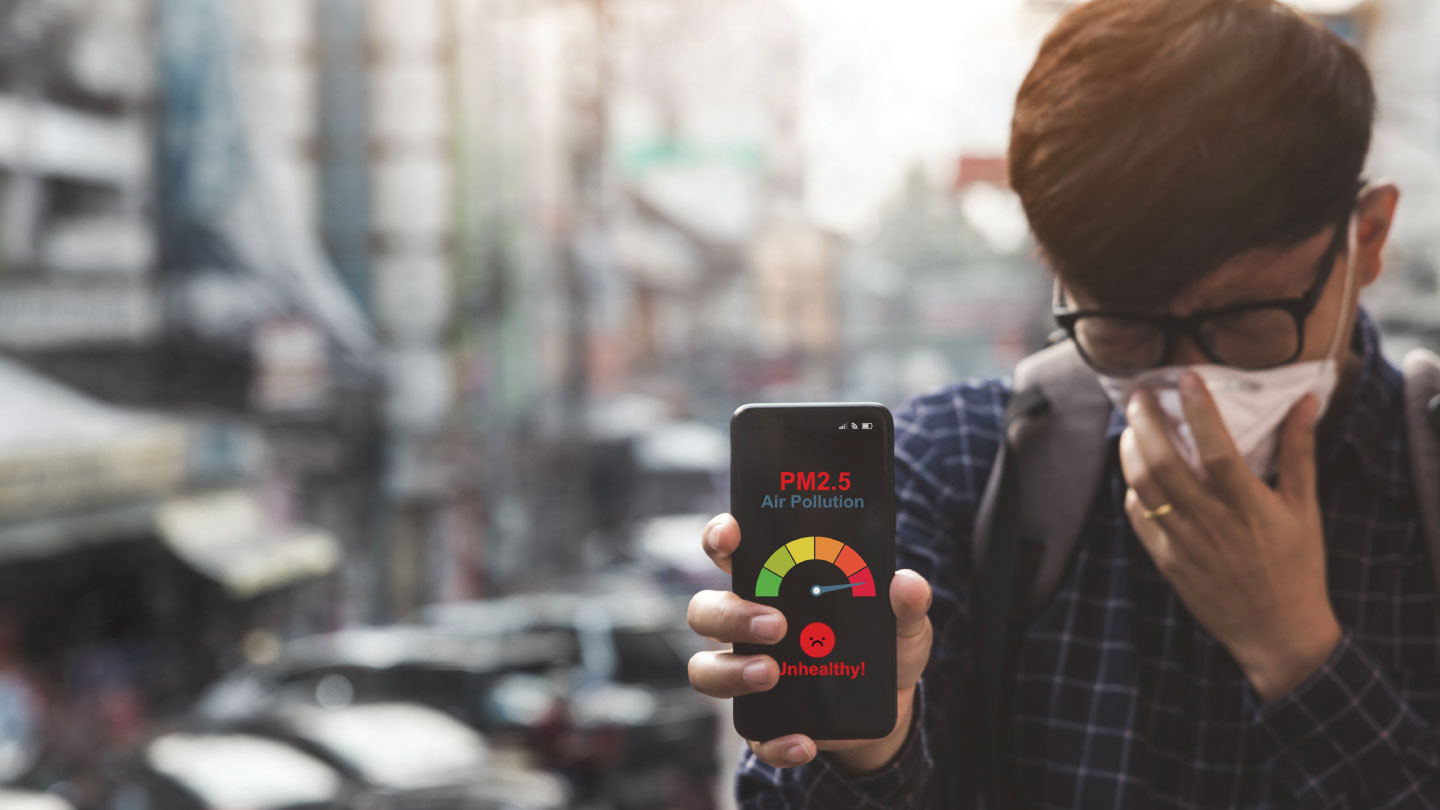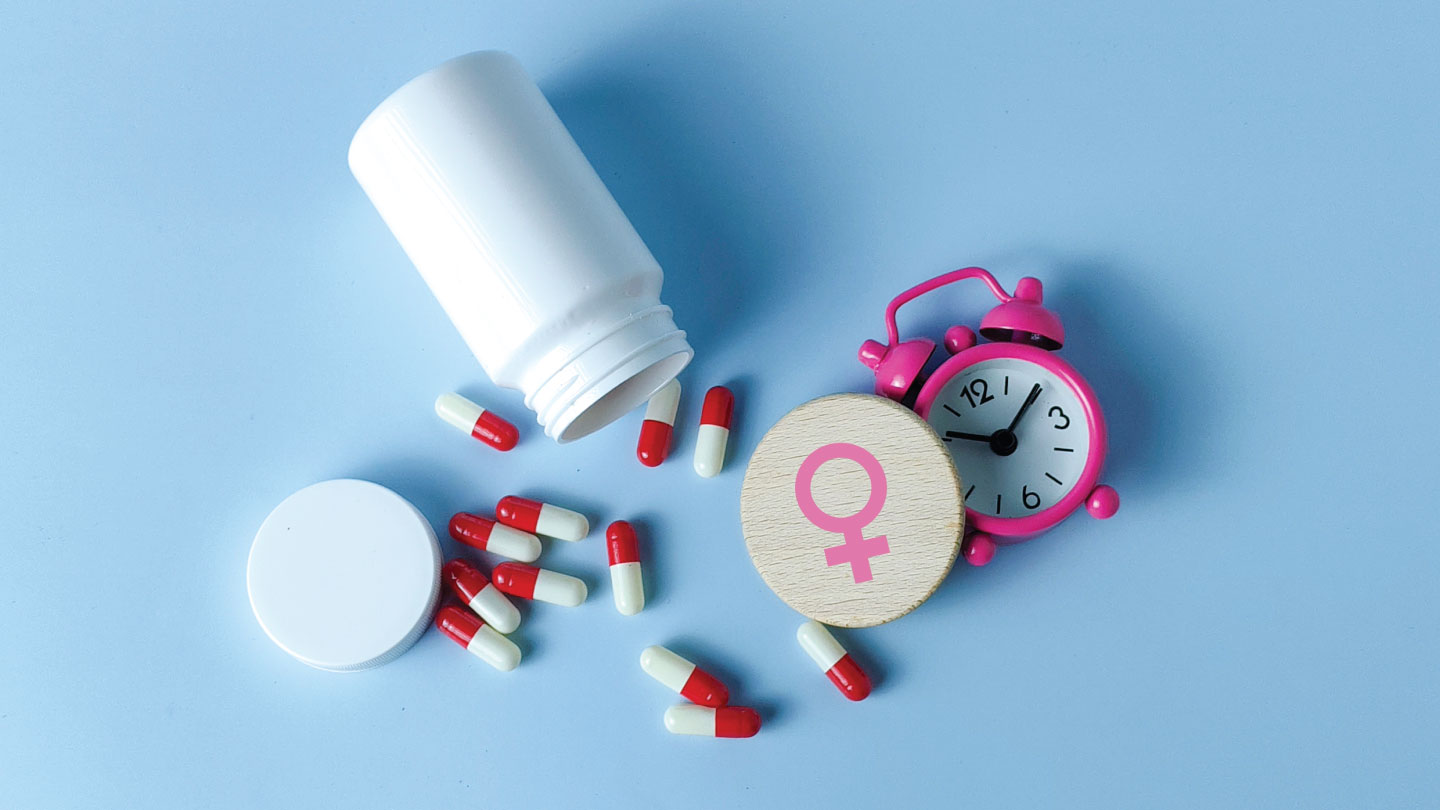Medical
Breathe Better This Pollution Season: 5 Habits That Actually Help Your Lungs Cope
The air may not always be in your control, and that’s when you have to start adopting healthier habits for your lungs. Here are five simple ways to protect them when pollution levels soar.

It’s that time of the year again, when the sky turns hazy, mornings smell faintly of smoke, and you wonder if fresh air is even a thing anymore. You can’t stop breathing, of course, but you can help your lungs handle what’s coming in.
Doctors often describe the lungs as soft targets, organs that quietly absorb the impact every time air quality deteriorates. Long-term exposure to polluted air accelerates the ageing process and increases the risk of chronic conditions, such as COPD, according to the European Respiratory Journal (2023). But protecting your lungs doesn’t have to mean drastic lifestyle changes. The key is to build small, everyday habits that make breathing a little easier.
Related story: Guide to Managing Asthma Amid Extreme Air Pollution
Understanding the AQI: What Those Numbers Really Mean
Before you know what to do, it helps to understand what you’re up against. The Air Quality Index (AQI) is a scale that translates pollution levels into numbers you can actually interpret. Here’s a quick breakdown:
| AQI Range | Air Quality | What It Means | How It Affects You |
| 0-50 | Good | Air is clean and safe to breathe. | No risk. Ideal time for outdoor exercise. |
| 51-100 | Moderate | Acceptable air, but some pollutants may affect sensitive individuals. | Possible mild eye or throat irritation. |
| 101-150 | Unhealthy for Sensitive Groups | Children, the elderly, and individuals with asthma or heart conditions should limit their time outdoors. | May trigger coughing or shortness of breath. |
| 151-200 | Unhealthy | Everyone may begin to feel respiratory strain. | Chest discomfort, wheezing, or fatigue are likely to occur. |
| 201-300 | Very Unhealthy | Health alert: prolonged exposure can harm even healthy adults. | Headaches, heavy breathing, irritation in the eyes and nose. |
| 301+ | Hazardous | Emergency conditions. Avoid all outdoor activity. | High risk of lung inflammation and long-term damage. |
According to the European Respiratory Journal (2023), exposure to PM2.5, a tiny, invisible pollutant that contributes to poor AQI, can cause lung tissue inflammation and increase the risk of chronic diseases over time. Even short-term exposure spikes oxidative stress, making it harder for your body to repair itself.
1. Keep an Eye on the Air You Breathe
Checking the AQI (Air Quality Index) might sound tedious, but it’s the simplest way to take charge. Think of it like checking the weather before stepping out. If the AQI exceeds 150 (the unhealthy threshold), prolonged outdoor activity can start to strain the lungs, even in healthy adults.
A good rule of thumb:
- Step outdoors when levels are relatively low, such as early morning after rainfall or late evening when traffic eases.
- On heavy smog days, consider postponing your jog or taking it indoors.
- If you live near a busy road, keep your windows closed during rush hours and open them briefly when air quality improves.
A review in Frontiers in Public Health (2021) found that individuals who consciously adjusted their exposure, simply by adjusting their routines or improving home ventilation, experienced fewer respiratory symptoms.
Related story: A home cardio workout
2. Train Your Breath, Don’t Waste It
We tend to forget that breathing isn’t just automatic; it’s a trainable skill. Strengthening your lungs through gentle exercise or breathwork increases their capacity to cope with pollution.
Start small:
- Try diaphragmatic breathing: inhale slowly through your nose for 4 seconds, hold for 1 second, and exhale through your mouth for 6 seconds.
- Add some movement. Brisk walking, yoga, or cycling three times a week helps your lungs stay flexible.
Interestingly, a study published in Environmental Health Perspectives (2023) found that regular physical activity can mitigate the adverse effects of pollutants like nitrogen dioxide on lung function. So, the next time you feel tempted to skip your evening walk because the air looks bad, remember that moderate, mindful exercise, even indoors, keeps your lungs more resilient in the long run.
Related story: The Power of Mindful Breathing: Advantages and Easy Techniques You Should Know About
3. Make Your Home a Breathing Zone, Not a Trap
Here’s an uncomfortable truth: indoor air can sometimes be worse than what’s outside. Cooking fumes, dust, and even that lavender-scented candle can quietly fill your space with tiny particulate matter.
Start with simple fixes:
- Always turn on the exhaust fan while cooking.
- Vacuum and wipe surfaces regularly to stop fine dust from settling.
- Avoid incense or heavily scented candles during high-smog periods.
- If possible, use an air purifier with a HEPA filter; it can cut indoor particulate levels by up to 80 per cent within hours.
Your home doesn’t have to be a sealed box, but it should be a place where your lungs can reset. A few smart tweaks can make every breath indoors count.
Related story: Plant Parenthood—Why You Need Indoor Plants In Your Home
4. Feed Your Lungs Like You Mean It
Pollution triggers inflammation and oxidative stress, and what you eat can significantly impact how your body responds. Think of food as your first line of internal defence.
Load up on:
- Leafy greens, citrus fruits, and berries – rich in antioxidants that help neutralise free radicals.
- Omega-3 fats from walnuts, flaxseeds, or fish – known to reduce airway inflammation.
- Spices like turmeric and ginger both have compounds that counter oxidative damage.
A 2025 study in Nutrients (MDPI) found that diets high in vitamins C, E, and omega-3 fatty acids were associated with improved lung function and a lower risk of COPD, even among individuals residing in polluted cities. Also, hydrate well. Water helps your lungs clear out mucus and pollutants more efficiently.
Related story: 6 Strategies for Taking Care of Your Lungs
5. Use Protection, But Use It Smartly
Masks aren’t a leftover pandemic accessory; they’re practical armour for polluted days. An N95 or KN95 mask filters up to 95 per cent of fine particles, which are the most harmful to your lungs.
Here’s how to make it count:
- Wear a snug-fitting mask whenever AQI levels are unhealthy or worse.
- Avoid jogging or cycling in high-traffic zones.
- After returning indoors, wash your face and change clothes; pollutants cling to fabrics more than you’d think.
A mask is part of a system, not the entire plan. Combine it with timing, smart ventilation, and healthy routines, and you’ll notice the difference.
Related story: How Firecracker Smoke Harms Your Lungs and Heart
When pollution becomes part of daily life, protecting your lungs isn’t about panic; it’s about preparation. You can’t fix the city’s air overnight, but you can create your own micro-environment of safety and strength. Check your AQI, move your body, clean your indoor air, eat for resilience, and wear protection wisely. These habits don’t require major lifestyle changes; they simply require awareness and consistency.
Your lungs work for you around the clock; giving them a little help back is the least they deserve. Because in the end, breathing well isn’t just about surviving the season, it’s about reclaiming the simple joy of a deep, easy breath.
Related story: The Impact of Pollution on Your Body
Strong lungs start with small steps. Join a virtual fitness class today and breathe your way to better health.
EXPLORE MORE
Here’s a clinician-led, practical guide to the drugs that reduce fertility, how they work, and sensible steps to protect your reproductive future.
You can’t always see it or smell it, but it’s there, the invisible haze that seeps into your lungs and alters them from the inside out. Pollution isn’t just an environmental problem anymore; it’s personal.
Your 40s can be powerful years, if you stop doing what quietly harms your heart. Here’s what cardiologists say you should drop.
A sudden, electric-shock pain on one side of your face may not be a dental issue.







.jpg)


